James G. Blaine
Who was James Blaine?
James Gillespie Blaine (January 31, 1830 – January 27, 1893) was a Republican politician who represented Maine in the U.S. House of Representatives (1863-1876) and the U.S. Senate (1876-1881). He also served as Speaker of the House of Representatives (1896-1875) and twice as Secretary of State (1881 and 1889-1892). He ran for President in 1884, losing to Grover Cleveland by a narrow margin. Known for his charismatic personality and controversial personalities, Blaine was nicknamed “the Plumed Knight” for his rhetorical and leadership skills.
Why was Blaine County named for him?
It does seem curious that our county was named for a man who was born in Pennsylvania, represented Maine in Congress, never set foot in Idaho, and died before Blaine County’s was founded. At that time, however, it was common for Western states to name counties after prominent East Coast politicians, which is why Idaho also has counties named for George Washington, John Adams, James Madison, and Abraham Lincoln, and why Montana, Nebraska and Oklahoma also named counties after James Blaine.
Several of James Blaine’s policy positions may have attracted the Idaho Legislature to attach his name to the newly established Blaine County.
First, Blaine advocated for the imposition of high tariffs on lead and other mineral imports to the United States, which would have been of significant benefit to a state home to some of the world’s richest mineral deposits.
Second, Blaine supported bills favorable to railroad expansion connecting the eastern U.S. with growing western markets, which he believed was vital to the Nation’s growth. The extension of the Union Pacific railroad from Utah into Idaho was also critical to the continued viability of mining in the Wood River Valley and throughout the state.
Third, Blaine favored legislation prohibiting public funding for schools or educational institutions run by religious organizations. Although Blaine failed in
his efforts to enact such legislation at the federal level, Idaho and thirty-one other states enacted so-called Blaine Amendments to their state constitutions, products of anti-Catholic (and, in Idaho and neighboring states, anti-Mormon) sentiment. While the constitutionality of such legislation has been challenged in recent years, late nineteenth century Idaho legislators looked favorably upon it and its namesake.
How did Blaine County come to be?
Blaine County was established as part of a larger realignment of Idaho’s original 13 counties. The territory that is now Blaine County was originally part of Alturas County, which was enormous – over 19,000 square miles, an area larger than Maryland, New Jersey and Delaware combined. Included in the original boundaries of Alturas were eight of the present counties of Idaho, plus substantial parts of six others, and smaller parts of two or three more. (The counties coming entirely from Alturas are Elmore, Camas, Blaine, Ada, and Owyhee. Those mostly from original Alturas are Clark, Jefferson, and Custer; those with substantial portions from Alturas are Power, Bingham, and Bonneville; and those with small portions from Alturas are Boise, Lemhi, and Fremont.) In 1864, Alturas County was larger than the states of Maryland, New Jersey, and Delaware combined, although it was not the largest county in Idaho then.
Until 1880, settlement of Alturas County—enormous as it was in area—was confined principally to the two adjacent mining camps of Rocky Bar and Atlanta, located deep in what is now the Boise National Forest northwest of Fairfield. Rocky Bar served as county seat from April 4, 1864, until July 6, 1882. But after the 1880 mining rush to Wood River brought in thousands of new inhabitants, most of the population was near Hailey and Bellevue, and Hailey became county seat.
An extremely hard-fought Alturas County division battle came to a head in the last session of the territorial legislature in 1889, when Elmore and Logan Counties were established from parts of Alturas. Logan County, with Bellevue for its county seat, was the main bone of contention. Two years later, the legislature attempted to return the Bellevue area to Alturas by replacing Alturas and Logan Counties with two new ones to be known as Alta and Lincoln. But the supreme court struck down the Alta and Lincoln measures. Then in 1895, the legislature approached the problem indirectly. Alturas and Logan were combined temporarily into a county called Blaine. Then, two weeks later, Blaine County was divided, and the Lincoln County which the legislature had tried unsuccessfully to establish in 1891 was created all over again. Hailey, which had been county seat of Alturas, continued as county seat of Blaine, while Shoshone was designated as county seat of Lincoln. The effect of these changes was to move the east-west county line that had run between Hailey and Bellevue south, where it became the present northern boundary of Lincoln County; to move the county seat of Logan (which became Lincoln) from Bellevue to Shoshone; and to change the name of Alturas County to Blaine.
Written by Meghan Flanz, BCHM Board Member
Source: history.idaho.gov/wp-content/uploads/0112.pdf
